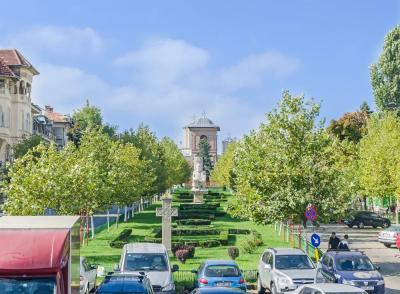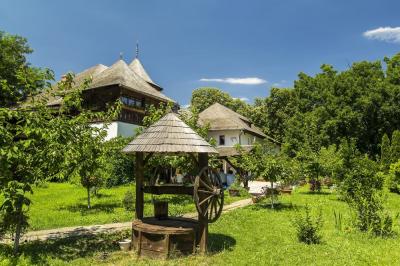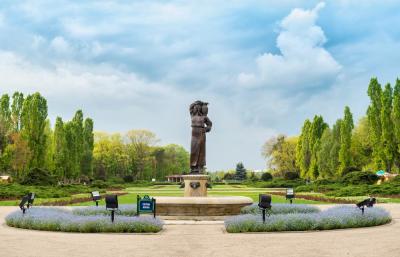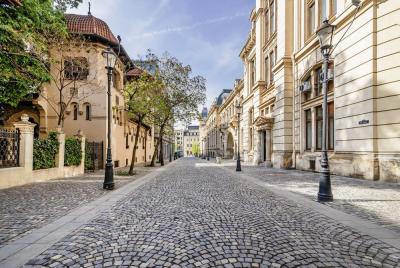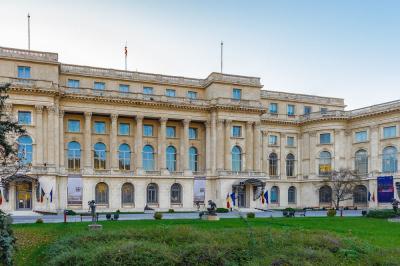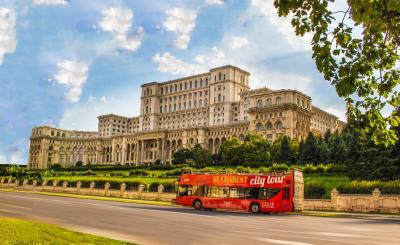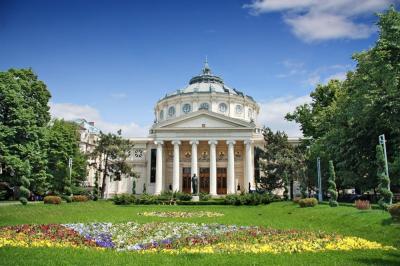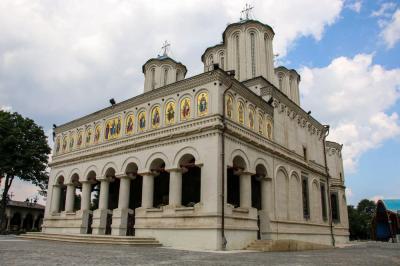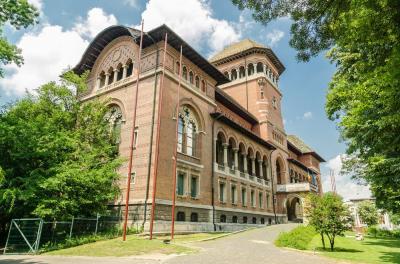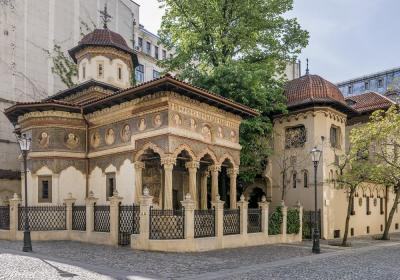10 Results
South of Union Square is a small rise where Romania’s Orthodox religious institutions can be found in eye-catching buildings.
The whole west side of Herăstrău Park is given over to a massive outdoor museum, which has more than 270 authentic historic buildings.
A hint of what Bucharest looked like before the Second World War, Lipscani was the place to do business in the city between the Middle Ages and the 1800s.
After King Michael I abdicated following the Second World War, the Neoclassical Royal Palace on Revolution Square has been the headquarters of Romania’s National Museum of Art.
A building of absurd magnitude, the Parliamentary Palace hosts Romania’s Parliament, but also perfectly encapsulates Nicolae Ceaușescu’s megalomania.
A performance venue extraordinaire, the Neoclassical Romanian Athenaeum is the home of the George Enescu Philharmonic Orchestra.
The destination for a pilgrimage on Palm Sunday, the Patriarchal Cathedral was founded by the Prince of Wallachia, Constantin Șerban in the 1650s.
First opened in 1906, the history of this highly-regarded folk museum was interrupted in the 20th century by the Communist regime, but it reopened in 1990 no more than six weeks after Ceaușescu died.
Arguably the finest religious building in Bucharest, Stavropoleos Church has a gorgeous facade that has multifoil arches painted with arabesque foliate and tendril patterns and held up by beautiful capitals.

